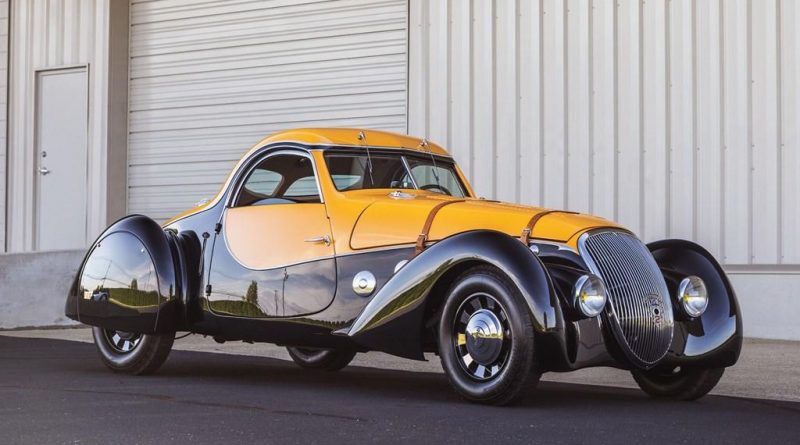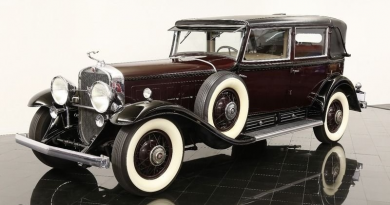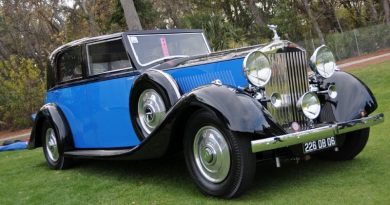Peugeot 402 Darl’mat Special Coupe
Émile Darl’mat (1892–1970) was the creator and owner of a Peugeot distributor with a car body business established at the rue de l’Université in Paris in 1923. In the 1930s the firm gained prominence as a low volume manufacturer of Peugeot-based sports cars. Business was interrupted by the Second World War, but at least one prototype was kept hidden throughout the period and directly after the war Darl’mat returned to the construction of special bodied Peugeots, although in the impoverished condition of post-war France business never returned to the volumes achieved during the 1930s.
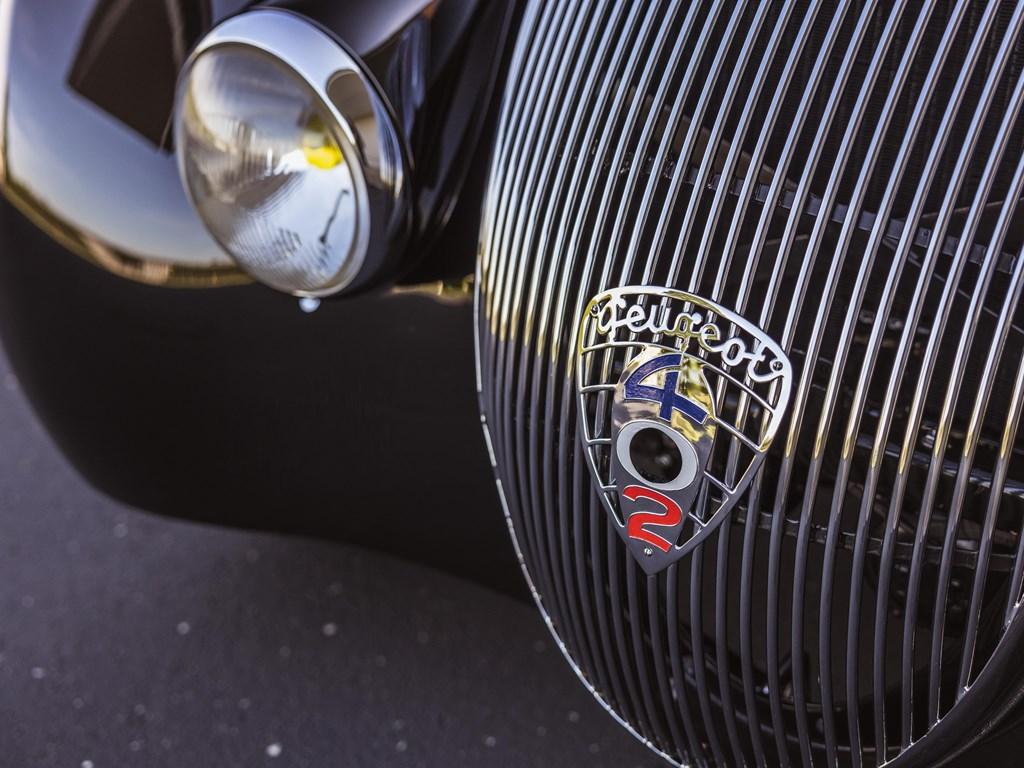
The first cars were built at Darl’mat’s workshops in Paris; however, during the 1930s the special bodied Peugeot-based coupés and cabriolets became increasingly integrated into the Peugeot range. During the second half of the decade, starting in 1936, Darl’mat’s Peugeot-based coupes and cabriolets were built at the Peugeot plant in Sochaux.
The best remembered of the Darl’mats is a sports car based on the Peugeot 302: the engine was taken from the 402. Several Peugeot-Darl’mat 402 “spécial sport” models raced at Le Mans with success in 1937 and 1938. The cars were built in very limited numbers and three models – a roadster, a coupe, and a drop-head coupe – were offered.

The most desirable Peugeot is this 402 Darl’mat Roadster also known as the ‘Spécial Sport.’ It was envisioned by Emile Darl’mat who had close contact with the Peugeot factory. The project was intended to boost Peugeot’s image by offering a lightweight body, unique areodynamic styling and sporting engine. At the time, the Darl’mat’s roadster was unlike anything else on the road and was occasionally raced in period.

For 1938 Peugeot upped the ante, providing Darl’mat the latest version of its 402 chassis, the 402 Legere (lightweight). Shorter and wider than its predecessor, this chassis became the basis for the more highly developed Peugeot 402 Darl’mat Special, again built in both closed and open body styles. A trio of competition-prepared examples was entered at Le Mans in 1938, and the roadster driven by Charles de Cortanze and Marcel Contet finished 5th overall while winning the 2-liter class, defeating the German Adlers that had prevailed a year earlier.
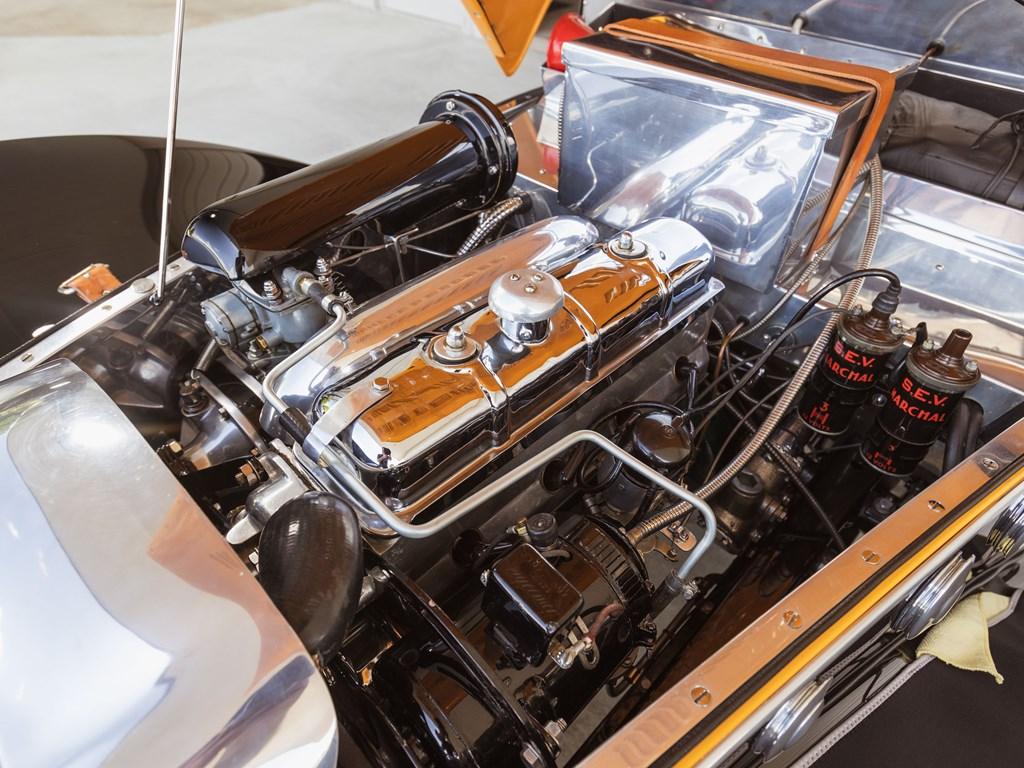
The 1938 Le Mans proved to be the height of the Darl’mat Special’s competition career, as the record reflects no further entries at Sarthe the following year, in the final running of the race before World War II. It is believed that total production of all variants was limited to only 105 examples, including 53 roadsters, 32 cabriolets, and 20 coupes, and the research of marque expert Hubert Auran suggests that just six coupes were built on the 1938 402-series platform.

Ideal for display at major concours d’elegance and celebratory events highlighting the interwar French Curves design movement, this rare beauty would make a sensational addition to any collection of coachbuilt automobiles.
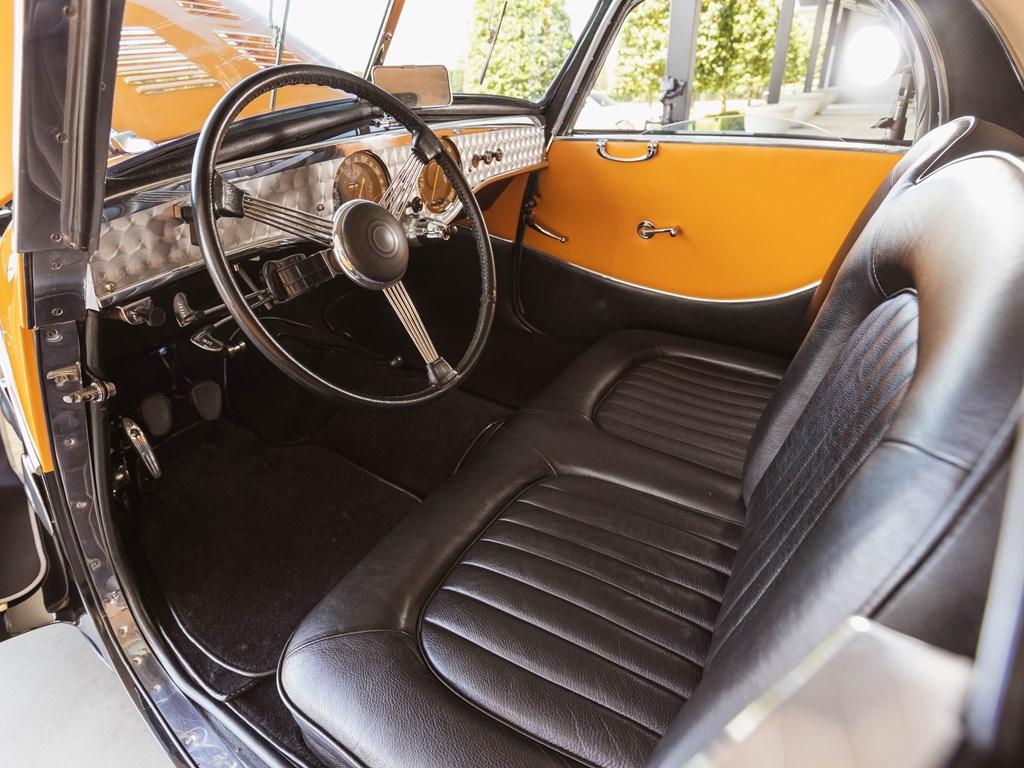
“Paulin became the leading French stylist of the time… Everything he touched was designed with aerodynamics in mind. He was very conscious of fuel efficiencies and the aerodynamic efficiencies that could be created by the lines of the car. You could go faster, which meant you could put a smaller engine in the car…” – Adatto, Richard, From Passion to Perfection: The Story of French Streamlined Styling, 1930-1939.


